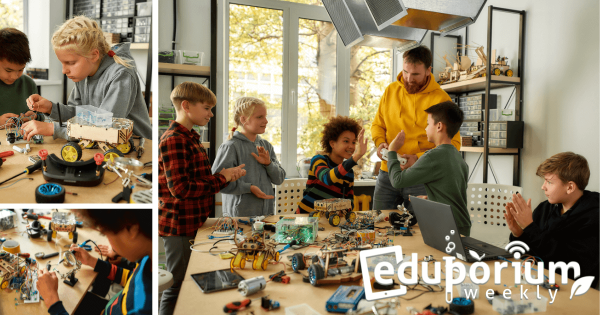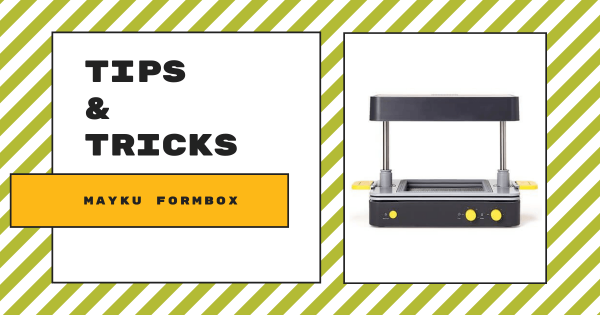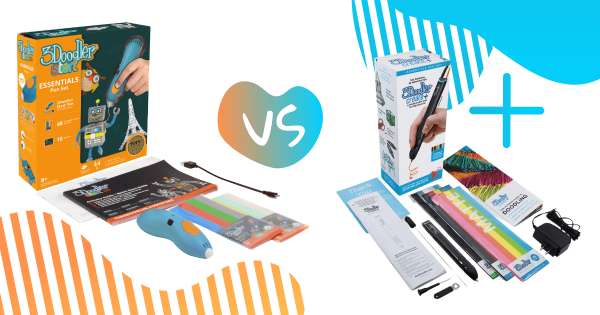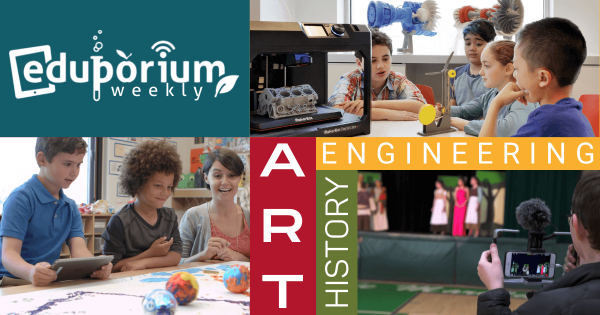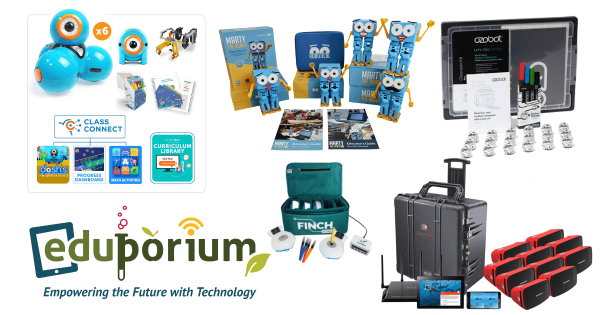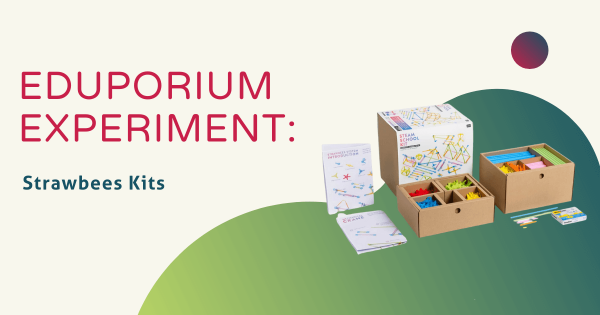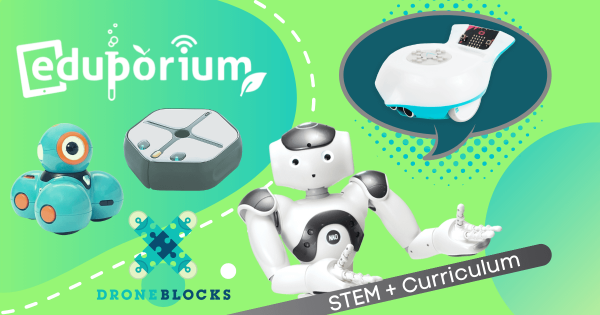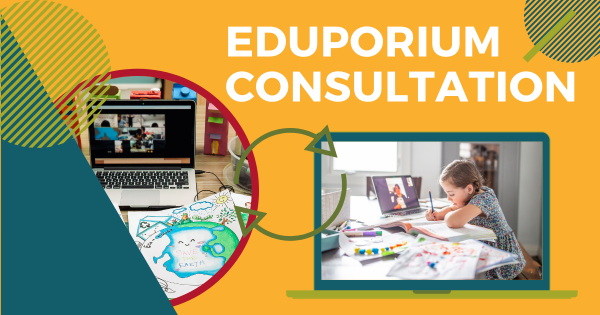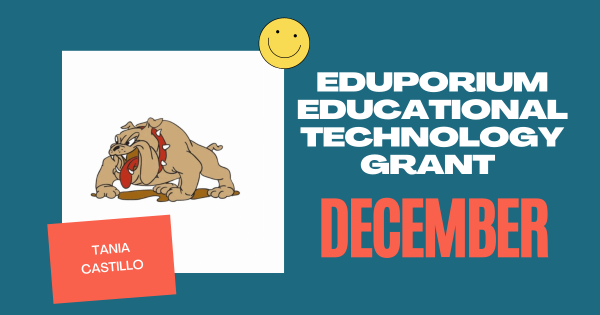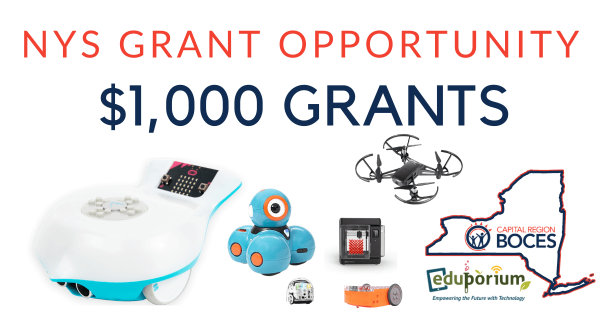It’s a broad question and one that will elicit different answers from different people. There are lots of reasons as to why K–12 makerspace experiences provide everyone from kids to experienced manufacturers with excitement, value, and intrigue. And, although the reasoning behind why makerspaces are important are extensive, they usually tie back to a particular mission.
Maker Ed
Maker Ed has rapidly evolved into a big and important component of 21st century learning. Born out of the culturally impactful Maker Movement, maker education involves providing students with opportunities for hands-on construction, investigation, problem solving, collaboration, and more—all with this community-centric approach. In Maker Ed, students often excel with new types of opportunities to showcase their skills or to develop new ones. With so many potential projects to work on in the classroom or in school makerspaces, adding purposeful, hands-on work to the school day is very effective and inspiring. And, more importantly for educators, there's no wrong way for them to go about introducing maker education. It can be as complex as using various advanced 3D printers or as simple as building with popsicle sticks.
Aside from the likelihood of positively impacting students, Maker Ed is also popular because of its real-world connections. Not only can children further develop key technical skills, maker opportunities also help them to bolster some top soft skills. Making typically involves a lot of collaboration and this is especially true as students move into middle or high school. With unique, fluid opportunities, kids can simultaneously work on bolstering communication, teamwork, and other soft skills in the process. Plus, whether they are using classroom 3D printers, CNC machines, or even low-tech tools, they'll grasp a better understanding on using technology for good as well. Some solid product lines across Maker Ed are 3Doodler, MakerBot, LulzBot, Glowforge, and more. With these innovative solutions, students in all grade levels can truly propel their creative acumen.
-
Tips & Tricks | Mayku FormBox Vacuum Former
The Mayku FormBox is a largely ready-to-use STEM solution with (almost) everything that students need to start manufacturing their own molds. The pack comes with the FormBox, Mayku Cast sheets, Mayku Form sheets, a power cord, a first making kit, a suction tube, and even a universal vacuum connector. They just need a vacuum tube and we have all the -
The 3Doodler Start Vs. Create: A Comparison Of 3D Printing Pens
Both of the 3Doodler 3D printing pens enable makers to bring any creative ideas to life by drawing them out in three dimensions. With this specialized but simple technology, kids can write vertically and create cool projects of various sizes and colors. And, while each pen has value in the right setting, there are lots of key differences between the -
Makerspace Learning In Different Areas Of The Curriculum
You probably know by now that we are huge advocates of makerspaces in K–12 schools. The added freedom for creating, hands-on experimentation, and exploration that they provide for students helps them learn in so many new ways. Now, many educators have even gone as far as to create their own makerspace curriculum after seeing all the benefits for students. -
Classroom Packs: A Solution For Collaborative STEAM Learning
The class packs on our store—available for many top STEAM items across disciplines—come with everything teachers need, and they fit into different instructional formats. The components often include your main product—it is often around 6-30 units depending on the size of the bundle. Then, there are various accessories, like chargers, project guides, and teacher content. -
Eduporium Experiment | The Strawbees Kits
The Strawbees STEAM kits can add value to all learning environments, allowing students to explore their creativity and bring their ideas to life through hands-on building and trial and error. Students can learn about everything from shapes and geometry to constructing bridges, designing 3D models, or building flow, block, or text programs in Strawbees Code. -
Eduporium Weekly | STEM Kits with Curriculum
Whether it’s robotics, circuitry, engineering, or something else, there are obviously a myriad of STEM solutions available to today’s K-12 teachers. With all these options, they often look for something to differentiate them and, regularly, that’s the curricular component. With the NAO V6, Dash Robot, Finch 2.0, and more, they can get those key guides included. -
Enhancing Your School's STEM Education Programs in 2022
We understand that, as an educator, your plate is still extremely full with academics and prioritizing your own mental health. We also realize that creating relevant learning experiences is still your main goal. As we turn the page to 2022, our team of EdTech, STEAM, and MakerEd experts can help you plan and implement the right STEM initiatives for your -
December EdTech Grant Awarded to Tania Castillo
Tania works with students from diverse backgrounds and understands the importance of creating equitable STEM opportunities. This factor certainly weighed into her decision when she was evaluating what to request as part of the award. Ultimately, she decided on Root Robots—largely due to their versatility. Head inside to learn more about her plans. -
The Recipients of Our Learning Loss Recovery Grant
After months of finalizing the structure of the grant opportunity and evaluating deserving applications, we’re pleased to announce that the two recipients are Anne Lotito-Schuh, a librarian from the Robert Frost Middle School in Deer Park, NY, and Margaret Fiorello, a makerspace manager at the Saint William the Abbot School in Seaford, NY!




